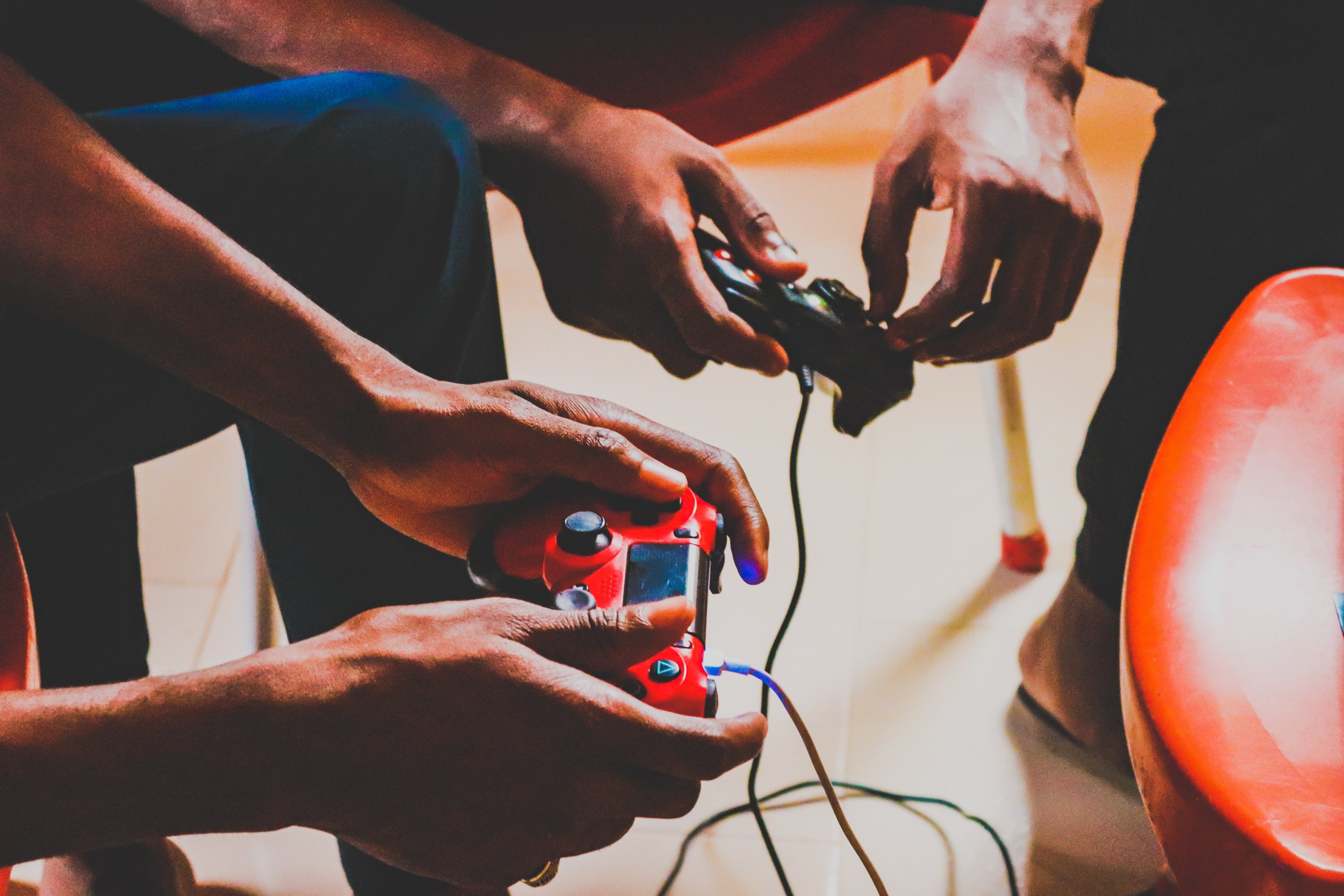Why I Play Video Games with My Therapy Clients
I play video games with many of my clients. Why would that help people who want support?
This piece has been featured as an essential topic in Psychology Today.

Every adolescent therapist I know keeps a deck of Uno cards in their office. Most also have a small library of classic board games on their shelf. But when other clinicians visit my office, they’re invariably shocked to also see an Xbox and a Nintendo Switch hooked up to a TV mounted to the wall.
Facilitating Conversation
Therapists have long used games like Uno and checkers to break the ice and build rapport. We know that many find it easier to have a conversation while playing a casual game that doesn’t require much brainpower. Othello, Sorry, and Candyland are some of my clients’ favorites. Video games work the same way—having something mindless to do with our hands facilitates discussions.
In my experience, students who are casually asked about school while dueling on a screen are more likely to answer frankly than students who are asked while sitting awkwardly across from their therapist. The fact that we’re virtually shooting at each other does not affect this, and it’s more engaging than a dusty old board game. (Some games have the opposite effect—Scrabble stifles conversation because it requires too much thinking.)
Some games work great for this, like Minecraft, Super Smash Bros., Mario Kart, and Call of Duty for older clients. After a few weeks, most feel comfortable enough to have more traditional therapy without the help of a game.
Building Rapport
When I ask clients about their weeks, they almost always include what games they’ve been playing. This is a perfect opportunity to build rapport. Because so many games are available on mobile phones and are free to download, I often ask if they would recommend it and then download the game while in session.
If it is a multiplayer game, I often create an account and challenge them to a match. It gives them the chance to both share a part of their lives with me and also “be the expert” about something, a classic technique used by therapists who hope to build a connection by showing interest in their clients’ hobbies. It’s an added bonus that it’s fun for them to demolish an adult’s team.
Practicing Skills
I particularly like using games to help clients practice skills. Therapists often recommend breathing techniques, counting to 10, and a variety of other strategies to manage adversity. These are effective strategies, but they require practice and can be hard to remember. I frequently ran into this problem when I first started my work as a therapist.
I would spend some of each session diligently teaching my clients strategies they could use to respond to stressors in their life. They would always agree to try them the next time they felt dysregulated. And, each week, they would come back not having used them and having forgotten what strategies I recommended. Their parents complained that their children were not making progress and still had trouble regulating themselves. So I decided to start practicing with them in session while we played video games.
Most of the time, my clients don’t know that they’re “working”—they think they’re just playing games. And that’s where the magic happens.
One of the concerns I hear most from parents is that their children yell, curse, throw objects, and even smash their own gaming equipment when they lose. Many of my clients readily acknowledge this too, admitting that their antics have cost them friends, gotten them into trouble with parents, or burdened them financially by having to replace expensive equipment. One teenager joked that a game he enjoyed had “cost five controllers, a keyboard, and an end table.” He was being funny, but was not exaggerating.
If this client is old enough, I typically suggest that we play Call of Duty together while we chat. As we virtually run around a war zone shooting at each other and computer-controlled characters, my attention is also on helping them build several skills. Each time my character gets killed, I demonstrate losing gracefully. (This happens a lot, my clients are almost always more skilled than I am.) I laugh out loud, congratulate my client on the kill, and joke about how badly I did.
This helps gamers, particularly young people, understand how to lose in a way that doesn’t cost them friends. Many of them have never had this modeled for them within a gaming setting. Online figures often attract large audiences by overreacting to losses; smashing a controller is much more entertaining than losing calmly. Chatting publicly with strangers is similarly toxic, with hateful slurs shouted regularly at other players, particularly women and other marginalized groups.
I also focus on helping them stay regulated while playing. I surreptitiously monitor their body language and point out how I know their emotions are getting heightened. This helps them learn to recognize their body's signals that it's time to slow down or take a break. Typically, what I notice is heavier breathing, tightly squeezing or shaking the controller, or subtle changes in the way they respond verbally. I then pause the game and recommend breathing exercises and mindfulness techniques to help return them to a more balanced state of mind: “Oof, let’s take a minute here and take a quick breath. It seems like this game is getting tense; your leg is bouncing and you’re really grabbing that controller.”
When this becomes easier for them, I raise the stakes by playing in unfair ways. By this point, we have practiced calmly expressing frustration, breathing slowly, and other strategies to keep their cool. I’m acting in an unsportsmanlike way—typically by “camping”: remaining in the same hiding place until an enemy moves into view—but they’re now more ready to manage this. I use nonviolent games for younger clients.
Very few of my clients have ever realized that I was teaching them regulation strategies, but these skills very quickly transfer to their home environments.
Each of these skills can be taught with physical games, but video games are often more engaging, especially for young people. Checkers can help children learn to slow down and plan ahead—each game provides dozens of opportunities to practice taking a breath, pausing, and considering one’s options before acting. However, the Pokémon series is similarly strategic while being much more exciting. Each turn, one must decide whether to attack directly, spend a turn making future moves more powerful, protect oneself, make the enemy weaker, switch to another character, and many other options. Like checkers, players who act impulsively are likely to lose.
Other video games that teach patience include the Fire Emblem series, Mario + Rabbids: Kingdom Battle, and the Assassin’s Creed series.
Video games that help with frustration tolerance include punishingly difficult games like Celeste or Super Meat Boy, and “roguelike” games that make the player start over at the beginning each time like Enter the Gungeon or Dead Cells. (Playing The End Is Nigh is the closest I’ve come to throwing a controller at the wall.)
Building Social Connections
I ran social therapy groups for children, teens, and adults for years. For most of the participants, their common interest, the language they all understood, was gaming. One session involved a few elementary school students, each of whom had great difficulty making friends at school. During the first session, one participant mentioned that he played Minecraft. The others visibly lit up at this. They immediately started talking about the intricacies of the game and sustained a conversation about how each best liked to play the game for the rest of the time in group.
Seeing this joyful exchange of ideas, I scrapped the rest of the planned activities for the day. They were having fun and building friendships for the first time, and anything I could have said or done would have interfered. They spent the beginning of each subsequent session excitedly talking about Minecraft. By the end of the 10-week session, they were asking their parents if their new friends could come over to play. For several of them, this was the first time they had ever spent time with peers outside of school.
I am working toward building a few social-gaming groups at my current practice, which will use the power of games to foster connections within the group. Each week, I plan to spend the first half of the time as a traditional therapy group, with members discussing their lives and supporting one another. The second half will be dedicated to building comfort with one another and building friendships by playing games together.
Conclusion
When I welcome parents into my office, I am often met with a confused look when they notice the TV. I usually explain that it’s “something to do while we talk,” but the video games in my office are really more than that. They’re a carefully curated set of tools to help my clients feel at ease, teach me about their interests, practice skills to use in their lives, and build connections with one another.
